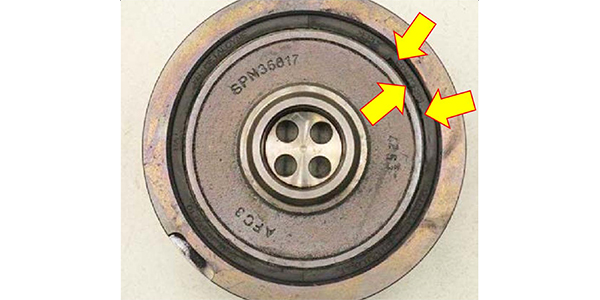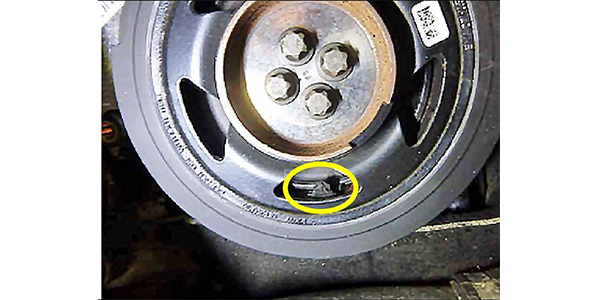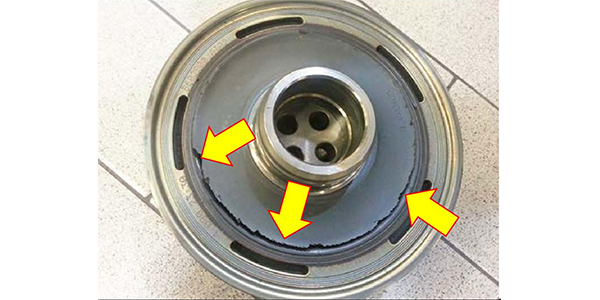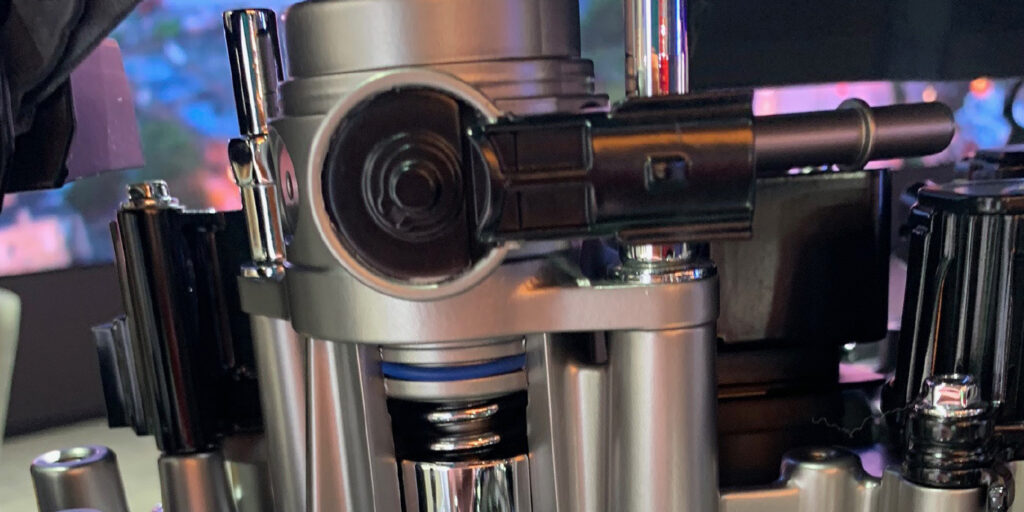Models:
2015-current F54 MINI Clubman
2015-current F55 MINI Hardtop 4 Door
2015-current F56 MINI Hardtop 2 Door
2015-current F57 MINI Convertible
Note: with B3x or B4x engines
Situation:
One of the following complaints may be reported:
• The engine runs erratically
• The engine causes vibrations when running
• Grinding noise from the engine compartment when the engine is running
One or more of the following Check Control messages may be displayed:
• Vehicle battery is not being charged!
• Engine too hot! Drive gently
• Engine overheated! Stop carefully
Code FC 210601 for the alternator malfunction may be stored in the DME.
Cause:
The vibration damper rubber insulator located between the drive belt pulley and its center hub has either partly or fully separated (torn). The separation will allow the two components to move independently from each other. The separation will cause vibrations and or noises from the engine compartment.



Repair Procedure:
- Check the vibration damper and remove the drive belt. Visually inspect the vibration damper for cracks in the rubber insulator. (See Photos).
- If cracks or damage to the vibration damper are visible or if the hub and belt pulley are no longer connected, replace the vibration damper.
- Check all belt-driven components for damage. Spin the alternator by hand with the drive belt removed. If the alternator rotates freely without loud grinding noise or resistance, the alternator is OK. A slight grinding noise of the carbon brushes is normal. Check axial and radial directional play in the alternator shaft. If there is no play, the alternator is OK.
- Replace the vibration damper if damaged.
Article courtesy ImportCar.














